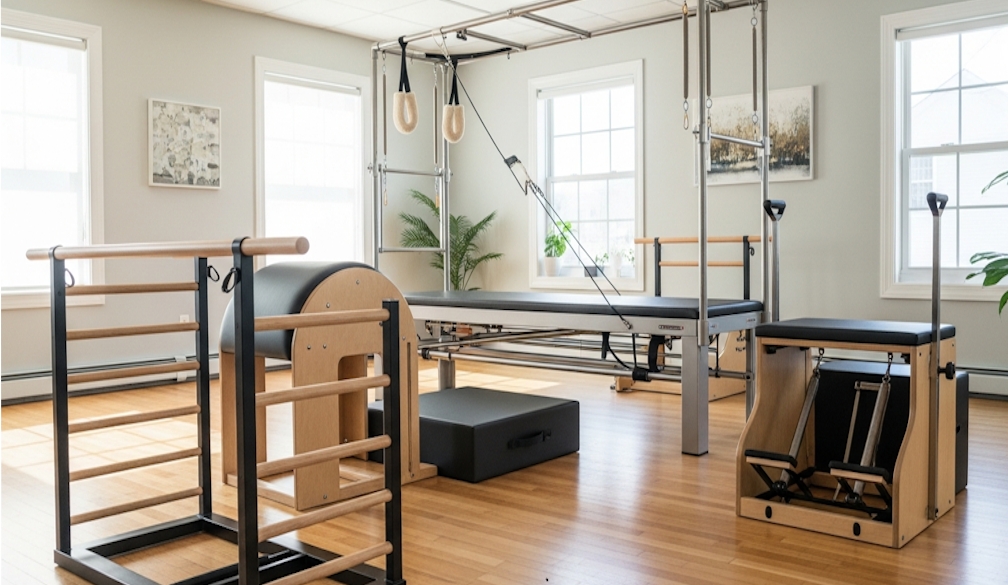Repeated head injury may cause degenerative brain disease for people who play sport – juniors and amateurs included
- Written by Andrew Lavender, Senior Lecturer, Institute of Health and Wellbeing, Federation University Australia
Where there are players and a game to be won, you can expect some “rough and tumble” on the sporting field. But when do the bumps become a problem for players? And what can we do to protect them from traumatic brain injury?
Submissions are open for Australia’s senate inquiry into concussions and repeated head trauma in contact sports, with findings to be reported by mid year. The inquiry was borne out of growing concern about the long-term impact of such injuries, whether they can cause chronic brain problems and the liability of sporting organisations.
Head impacts are not uncommon in some sports, particularly contact sports like football and rugby, or combat sports such as boxing and mixed martial arts. Minor head injuries are also relatively common in military settings.
While much of the inquiry’s focus will be on professional players and leagues, local teams and young players should also look out for its findings.
Read more: World Cup concussion rules may be putting players' lives at risk
How head injuries happen
The severity of head injuries varies widely, depending on factors including the velocity and the angle of impact between the head and the ground or another player. The brain can also be injured when there is no impact, such as in a whiplash injury.
Appropriate assessment, diagnosis and rehabilitation is important since severe brain injury can occur with repeated impacts and have lifelong consequences regarding a person’s ability to learn, work, communicate and socialise.
Mild traumatic brain injury, also referred to as “concussion”, may not have initial signs and symptoms that appear as debilitating as severe brain injury. But appropriate rehabilitation can still be challenging. And researchers are exploring whether repeated concussion can lead to serious problems.
What counts as a concussion?
The senate inquiry’s terms of reference include an examination of “the lack of a consistent definition of what constitutes ‘concussion’”.
While some sources define concussion as a temporary unconsciousness or confusion caused by a blow to the head, the Centres for Disease Control and Prevention is more specific, describing it as:
a type of traumatic brain injury caused by a bump, blow, or jolt to the head or by a hit to the body that causes the head and brain to move rapidly back and forth. This sudden movement can cause the brain to bounce around or twist in the skull, creating chemical changes in the brain and sometimes stretching and damaging brain cells.
Adding to the challenge for clinicians dealing with assessment and rehabilitation, are the active attempts of athletes, to get an “all clear” status quickly. Some may pass tests of balance or memory even though they have not recovered fully.
Current “return to play” guidelines vary across sporting codes. The Australian Football League guidelines outline a 24–48 hour period of rest as part of a minimum 12-day break, supervised activity and medical clearance before returning to play.
The National Rugby League has a similar guideline with a minimum of seven to eight days before a player can return to play. It states they should have returned to normal daily activities, such as work or school, without symptoms and the decision to play should be made by a medical practitioner.
It’s unclear how well these safety protocols flow down to semi-professional, club and junior competitions.
Concussion in children has been treated in the same way as adults in the past, though some suggest management should be more conservative for developing brains.
Long-term effects
Scientific investigation into the long-term effects of mild traumatic brain injury is relatively new.
Based on a small number of autopsies, researchers have suggested a link between early onset dementia among retired National Football League athletes in the United States and their history of head impacts. However, more recent research is showing the link between concussion and dementia remains tenuous.
The danger appears to be largely due to repeated impacts over long periods. Some research suggests a link between repeated mild traumatic brain injury and a neurodegenerative condition called chronic traumatic encephalopathy, which can impair thinking, reasoning and memory. More research is needed to confirm this link.
Protecting players
The challenge with sport-related head injuries is that the athlete, their coach, manager and sponsors typically want them to remain in the contest or return to it as quickly as possible.
When an athlete – or amateur or junior player – returns to sport too soon, his or her skills may be compromised. Vision can be affected, balance, coordination and decision-making may be less than perfect. These deficits increase the danger of another similar injury.
So can begin a downward spiral into repeated injuries and the potential development of chronic problems later in life.
When an athlete does experience a concussion, a monitored rehabilitation program should include graded exercise, beginning at a very low level (such as 15 minutes walking daily) and gradually increase in intensity, with tests of balance, memory and manual dexterity every three to four days. Any symptoms such as headache, fogginess or poor sleep quality should be monitored.
Once the athlete has fully recovered, a maximal exercise test called the Buffalo Concussion Treadmill Test can be performed. This involves gradually increasing the intensity of treadmill running to maximal, or near maximal, effort. If this does not induce any symptoms, the athlete can be cleared to play by their medical practitioner.
Slow progress
There has been some progress to protect players. Some contact sports have altered their rules to reduce the chances of mild traumatic brain injury and impose heavy penalties for head high tackles. Mandatory rest periods after injury have been outlined by the AFL. Junior soccer leagues have removed “heading” (where the player strikes the ball with their head) for younger players entirely and rugby has altered tackle rules to improve player safety.
The challenge is to improve the understanding and safety protocols at the non-professional levels of sport.
Understanding the potential short- and long-term effects of concussion on brain health and quality of life is very important. Hearing from people who have experienced mild traumatic brain injury through sport or other incidences helps us to develop better protocols.
Coaches, first aiders, players and parents of players should be aware of the dangers of mild traumatic brain injury and the importance of an appropriate return to play plan. This can reduce the likelihood of further injuries and their long-term effects, and extend players’ years on the field.
Authors: Andrew Lavender, Senior Lecturer, Institute of Health and Wellbeing, Federation University Australia



















